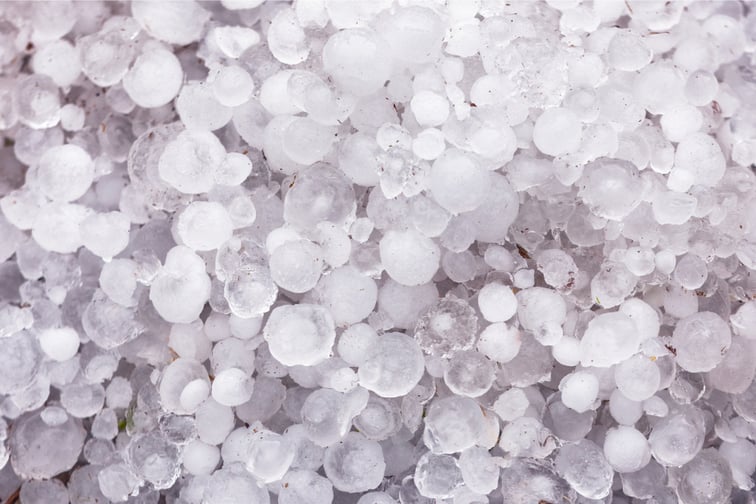

A new report by GCube Insurance, an underwriter for the renewable energy sector, addresses the growing challenge of hailstorms for the solar industry.
The report, titled “Hail No! Defending Solar from nature’s cold assault,” draws on data collected over the past five years, indicating a significant impact of hail on solar projects.
The report reveals that hail-related claims now average approximately $58.4 million per claim, constituting 54.21% of the total costs incurred from solar loss claims. This trend is contributing to a discrepancy between the insurance needs for solar projects and the coverage available in the market, leading to potential project delays and cancellations.
Several factors are identified as contributing to the vulnerability of solar projects. These include inadequate hail risk models, ineffective mitigation strategies, limited and expensive insurance coverage, and an uncertain funding environment.
The report also points out that efforts by solar manufacturers to reduce the levelised cost of electricity (LCOE) have led to the use of larger, thinner, and more fragile glass panels and the selection of locations with higher hail risk, which poses financial risks to future projects.
“The solar sector plays a crucial role in the global energy transition. Given its comparatively low costs for manufacture and installation, it is the most efficient clean power technology for driving decarbonisation,” GCube CEO Fraser McLachlan said.
To address these challenges, the report highlights two patented technologies developed by Solar Defender Technologies. The first is the Hail Strike Defender, a low-cost, CAPEX neutral catchment net designed to protect single-axis tracked solar installations without compromising energy output. The second, Solar Shield, is aimed at protecting fixed-tilt solar panels installed on rooftops, featuring a panel face protector to deflect hailstone impacts.
Both technologies offer substantial protection against hail impacts of up to 250 joules.
“We can’t move quickly enough as the ability of insurers to cover solar’s global growth becomes increasingly constrained. Therefore, the unity of manufacturers, developers, operators, and insurers will be a vital part of softening the widening gap in insurance coverage. The success of the solar sector as it navigates hail risks is hinged on immediate action and innovation to ensure a cleaner, more sustainable future powered by solar energy,” McLachlan said.
Another recent report from WTW – the 2023 Power Market Review – shines a light on the “Trilemma of Tension,” in addition to urging risk managers to employ horizon-scanning to evaluate their specific risk profiles and collaborate with partners to boost awareness and shape effective risk mitigation, management, and transfer strategies.
What are your thoughts on this story? Please feel free to share your comments below.
